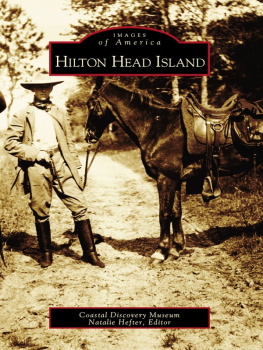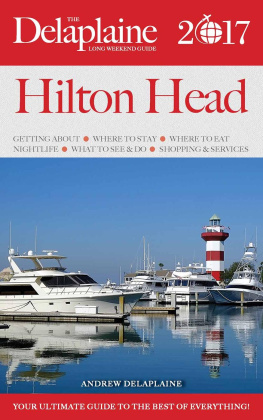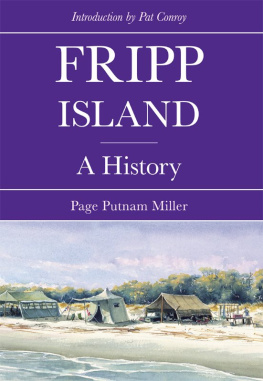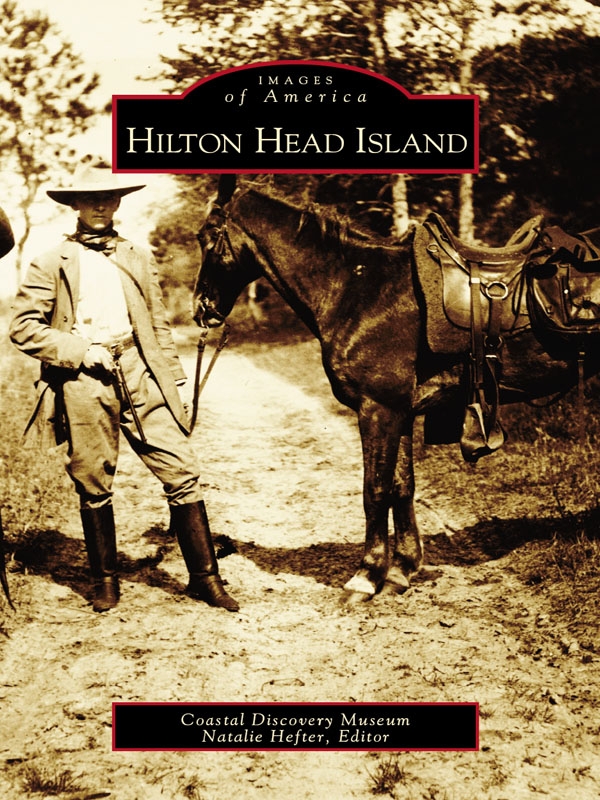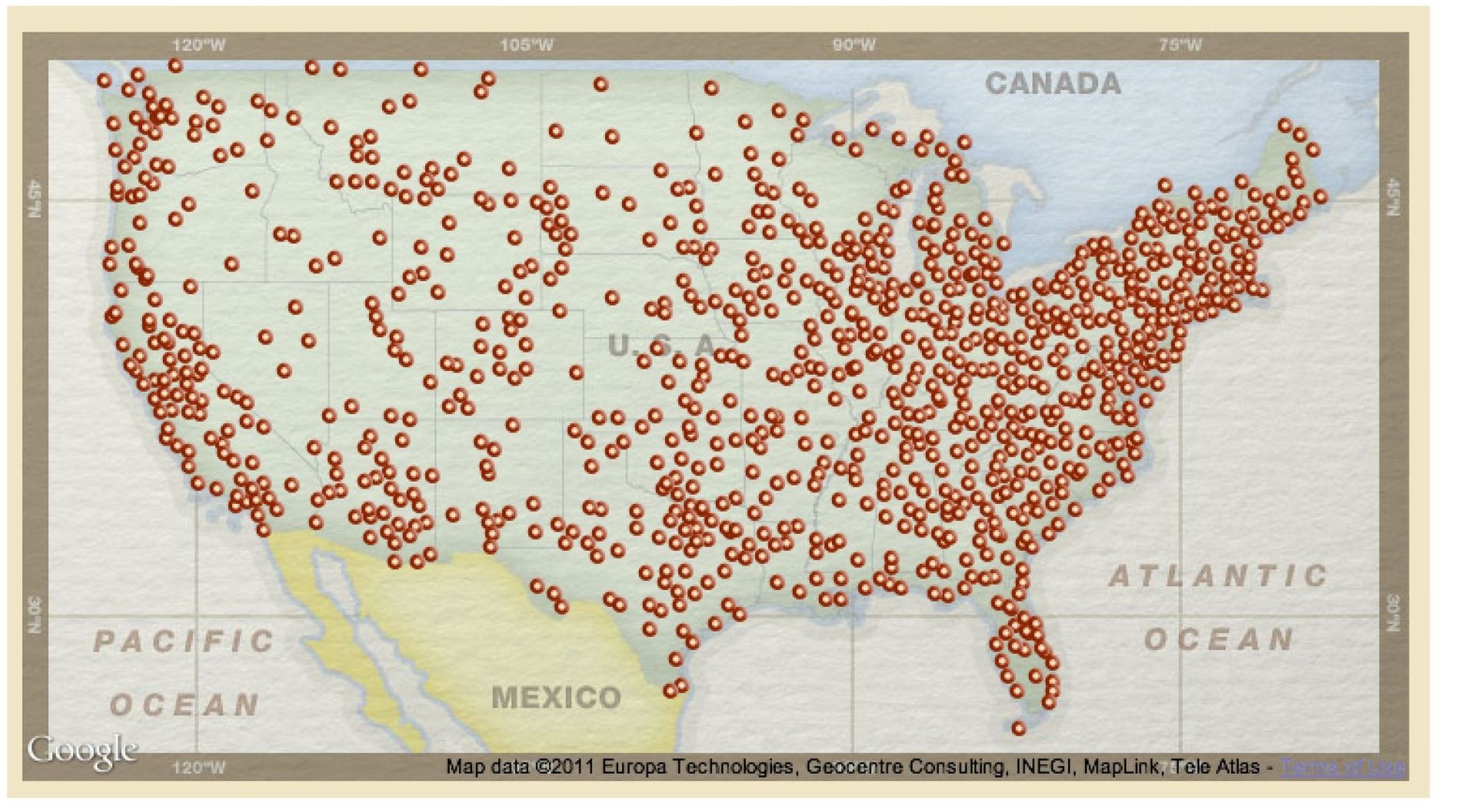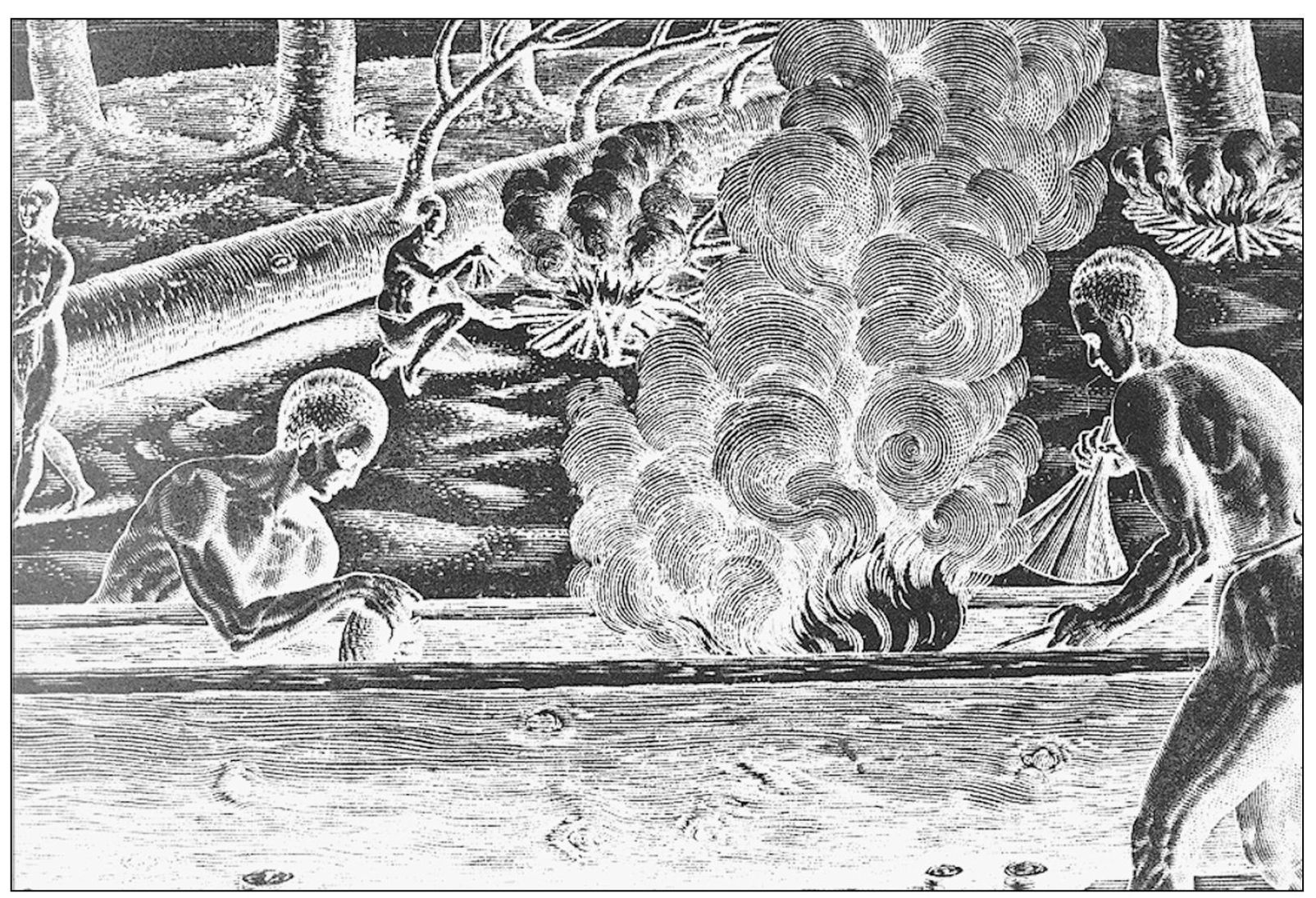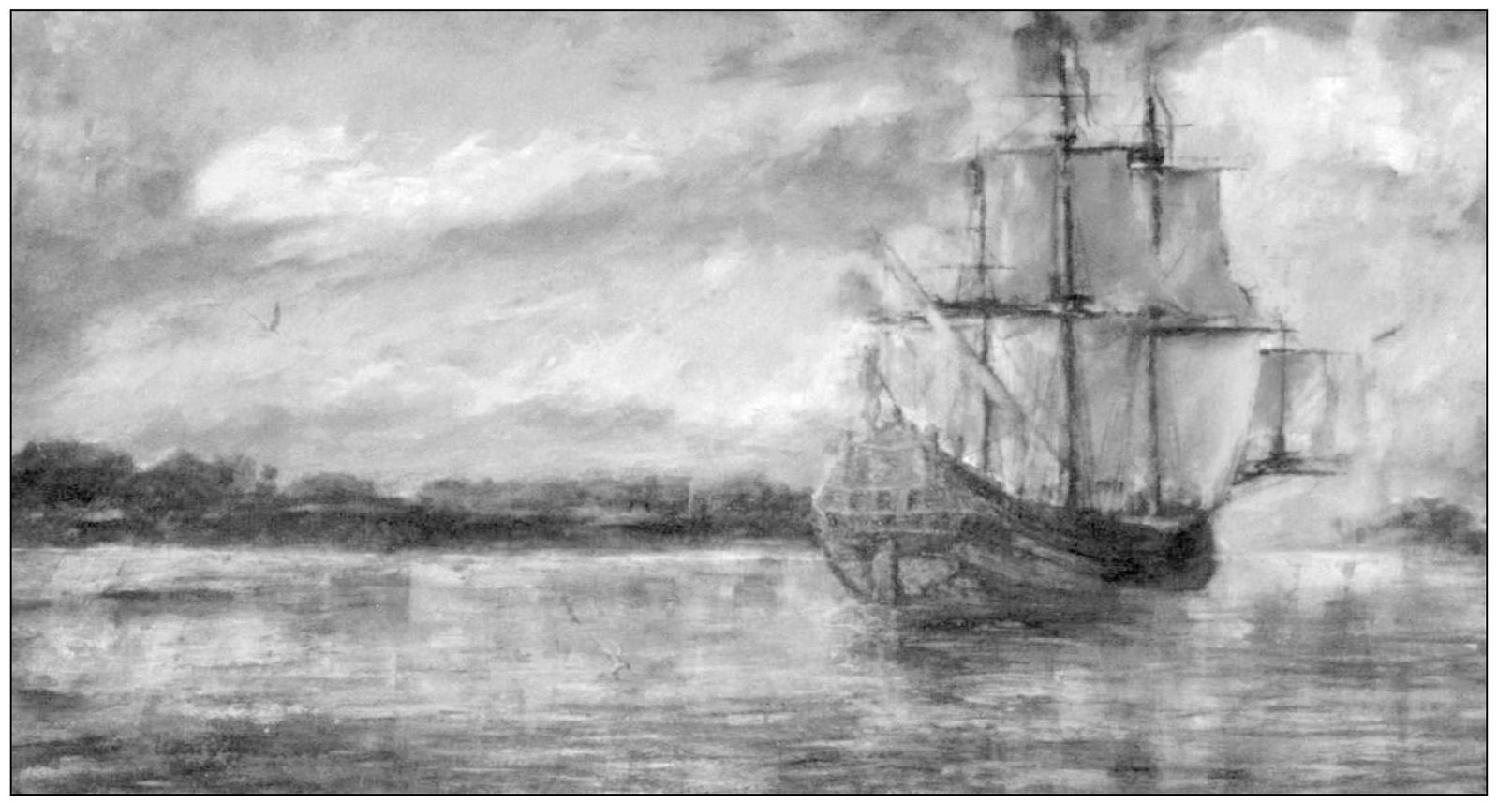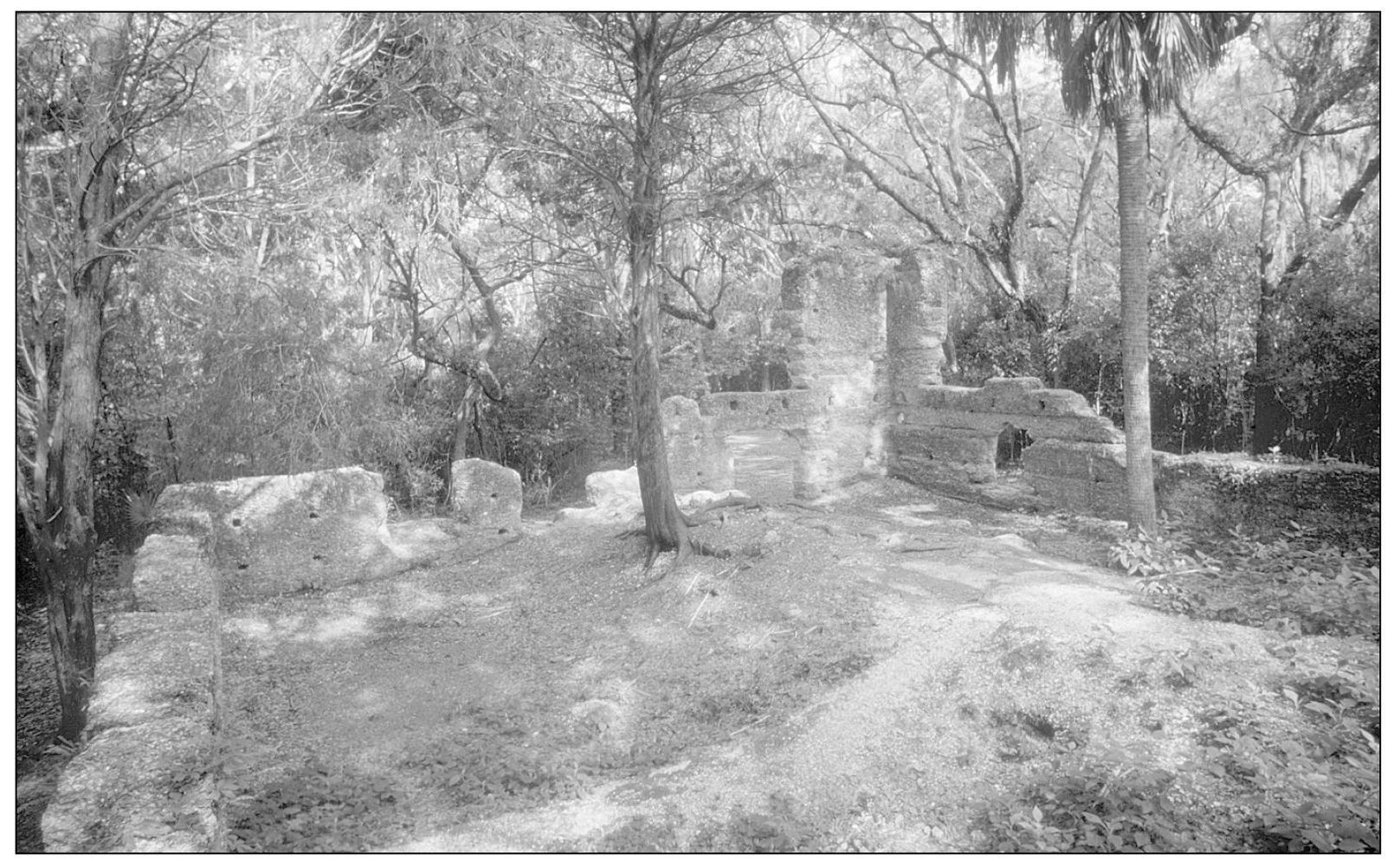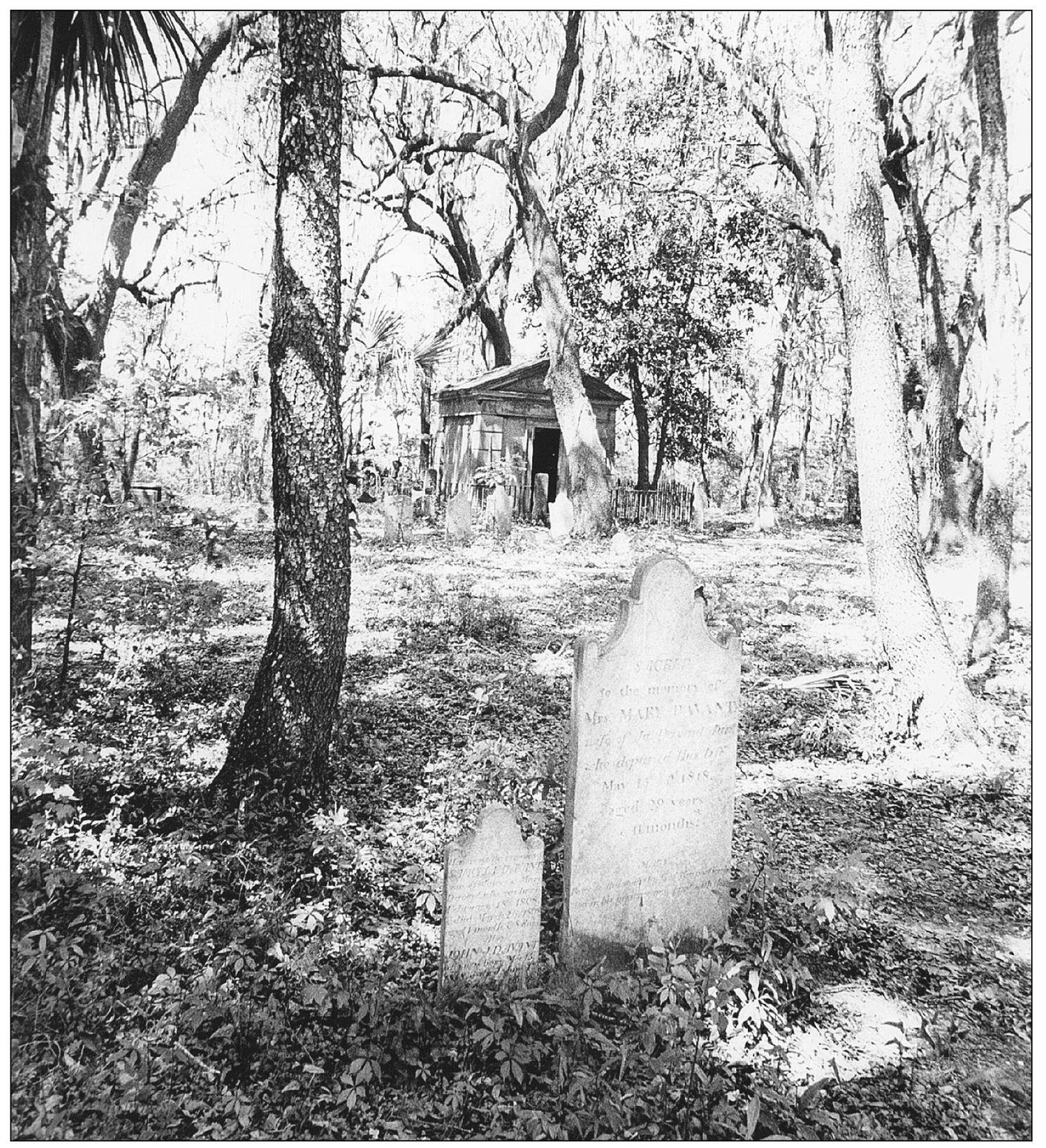ACKNOWLEDGMENTS
(Hilton Head Island. is a project of the Coastal Discovery Museum, the Environmental and Historical Museum on Hilton Head Island. The purpose of this book is to present a chronological outline of area history as reflected in the photographs and illustrations from the collections of the museum and many community residents, businesses, and organizations. There are many other photographs and resources yet to be published or displayed. Please visit the Coastal Discovery Museum to learn more through our exhibits, live and televised programs, and tours of the areas historical sites.
We wish to thank the following people, businesses, and organizations for their contributions and support of Hilton Head Island.
The following individuals and families lent photographs which were included in the book: Ned McNair, Abe Grant, Evelyn Mitchell, Barbara Hudson, Joe Pinckney, Ben Stewart, Elizabeth Grant, Elaine Kennedy, Lamar Priester Jr., Betty Ann Thompson Comer, Ed Wiggins Sr., Delores Lawyer, Greg Smith, Ernest Ferguson, Capin family, Hack family, Phillip Propst family, Tommy Heyward, Frances Baker, Dana Palmer, June Eggert, Sue and Bob Wiener, Elrid Moody, Marian Broome, Mary Ann Peeples, Betty Lightfoot, Gretchen Freund, and Sandy Painter, and Mose Hudson family.
Many businesses and organizations searched their archives as well. They are Western Reserve Historical Society, Adventure Inn, the Island Packet, the Library of Congress, Parris Island Museum, First Presbyterian Church, Frey Media, Ed Pinckney and Associates, Hilton Head Island Chamber of Commerce, the Westin Resort, Crowne Plaza, Marriott Grande Ocean, Disneys Hilton Head Island Resort, Palmetto Electric Cooperative, Hilton Head Island Medical Center and Clinics, Self Family Arts Center, Island Rentals and Real Estate, Technical College of the Low Country, and the Hilton Head Historical Society. Dozens of other organizations, individuals, and businesses submitted photographs which we did not have room for in this volume.
Without the help of many others, the technical aspect of this book, reproducing photos, scanning the images, and enhancing the images could never have been completed. Thanks to Ken Mak for duplicating images and scanning slides; Chris Hefter, Angie Coyle, and Robert Highsmith for computer help at Optimum Resource; Greg DeWitt for scanning and helping with layout; Pro Photo and Coligny One Hour Photo for developing and scanning; Charles Grace at Meissner Illustrated for emergency scanning; and Hilton Head Island Middle School for loaning a computer for us to use with a scanner.
Several other people played important parts in putting the book together. Sue Winter and Sue Tritschler helped get the project started, Beth Patton and Sara Borton at the Island Packet opened the papers archives to us, and the Fred and Billie Hack and Mose Hudson families were especially helpful in bringing both families experiences to life for us. Editorial assistance was provided by Kim Washok, Inas Otten, and Delores Lawyer. Chris Hefter helped with photo selection and layout. Elaine Rothschild tirelessly followed up on research, organized a great deal of information, and provided support in the final days. Richard Hefter and Evelyn Mallick helped with copy editing and content suggestions. Carol Kruzelock, Robert McFee, Isaac Wilborn, the Georgia Historical Society, and Fran Marscher helped with clarifying information.
For over a year, the museum has collected information for the timeline which follows. Many islanders contributed information, but several individuals need to be recognized for their significant contributions to this document. They are Rev. Robert Peeples, Johnnie Mitchell, George Stidworthy, Bill Slaughter, Ben Racusin, Chris Judge, Carolyn Grant, Margaret Greer, and Sally Krebs of the Town of Hilton Head.
As a non-profit museum, there are several organizations which should be recognized for their financial support for this project. The Hilton Head Island Foundation funded Natalies position during the project. The MCI Heritage Foundation donated funds for this book to be turned into an exhibit in the museum. Hargray Communications, the Bargain Box, and Palmetto Electric Cooperative Trust are longtime donors to the museum and provide much needed support throughout the year. Special thanks also go to the Town of Hilton Head Island for its support of the museums programs.
The Coastal Discovery Museum is located at 100 William Hilton Parkway on the north end of Hilton Head at Mile Marker #1. The mailing address is P.O. Box 23497, Hilton Head Island, SC 29925. The museum is open year round, seven days a week from 9 a.m. to 5 p.m. The telephone number is (843) 689-6767; the web page address is http://www.hhisland.com/hiltonhead/museum.html .
Find more books like this at
www.imagesofamerica.com
Search for your hometown history, your old stomping grounds, and even your favorite sports team.
One
IN THE EARLY DAYS
Hilton Head Islands first full-time residents were Native Americans. Occupation of the island has been dated back to at least 2000 B.C. at the Sea Pines Shell Ring. The Yemassee Indians hunted and farmed in this area until the early 18th century. This engraving depicts some Yemassee men burning out a tree in order to make a canoe. Dozens of Native American archaeological sites have been studied and excavated on Hilton Head Island. (Coastal Discovery Museum.)
In 1663, Capt. William Hilton sailed from Barbados on the Adventure to explore lands granted by King Charles II of England to the eight Lords Proprietors. Hilton Head Island takes its name from a headland near the entrance to Port Royal Sound named for Captain Hilton. In his journal, Hilton called the island very pleasant and delightful. Walter Greer, an island artist, painted this image of the Adventure , which hangs in the Adventure Inn. (Adventure Inn.)
The plantation era on Hilton Head Island began later than it did near Charleston. This island was not suited for growing rice and was populated with Yemassee Indians. The Stoney-Baynard Ruins in Sea Pines are evidence of early plantation owners. The one-story-and-a-half structure was made of tabby, a mixture of oyster shells, lime (burned oyster shells), sand, and water. Tabby was poured into forms much like cement. (CDM.)
In 1788, a small wooden Episcopal church (40 feet by 20 feet) called the Zion Chapel of Ease was constructed on this property. All that remains is the cemetery, which is home to the Baynard Mausoleum (in the background). The Hilton Head Historical Society owns and protects this property, which is located at the corner of Mathews Drive and William Hilton Parkway. (Ned McNair.)

